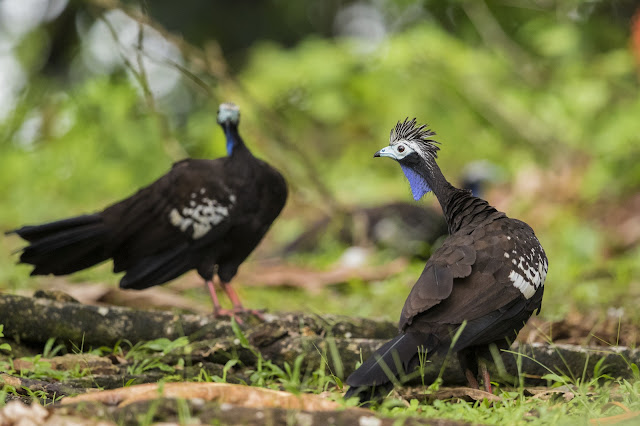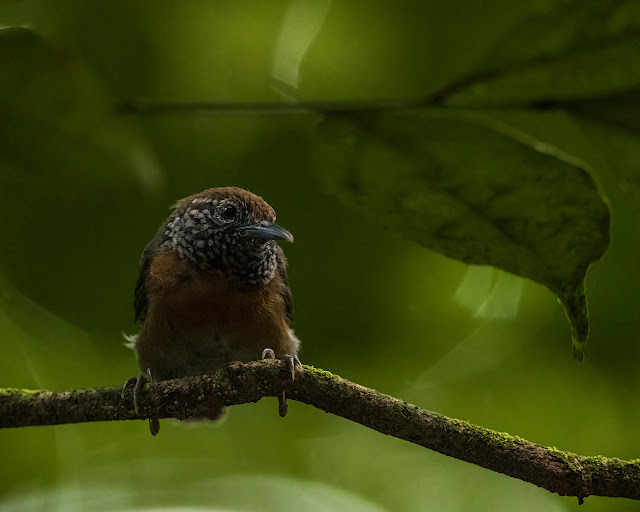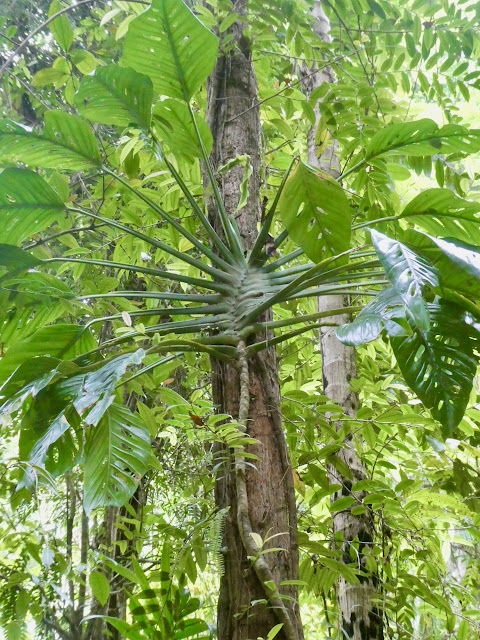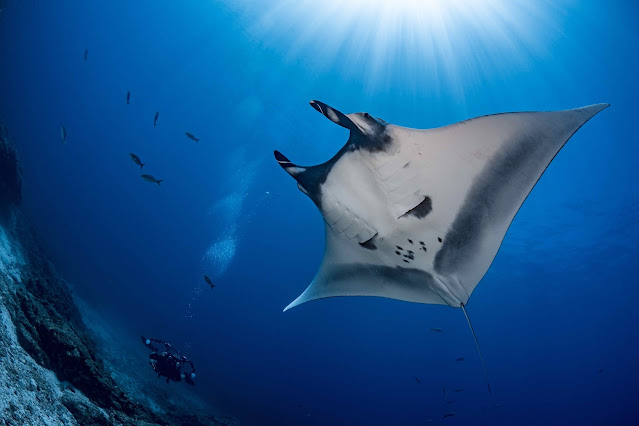Put the Pawi on the Money

Faraaz Abdool makes a case for the indigenous and endangered Pawi to be the bird on our highest currency note Here in Trinidad and Tobago, we are immensely lucky to have some of the most beautiful currency notes in the world. Adorned with artwork and security features, our notes are periodically updated to reflect culturally significant facets of our lives. One of the most biodiverse places on the planet, ours is one of only two countries in the world to have two officially recognized national birds: the Scarlet Ibis and the Rufous-vented Chachalaca or Cocrico. Our Coat of Arms is adorned by a trio of hummingbirds from the 18 species found here. Birds are also prominent in our currency, with the front of each note featuring a different bird! Although we gained independence and our own currency in 1962, it was only after the second revision in 1977 that the first birds were introduced on the bills. At this point, not every note had a bird either. The $5, $2...



